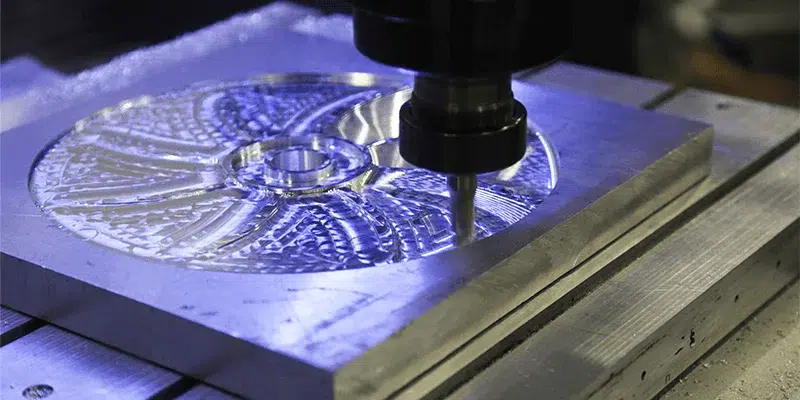
Die casting is a highly efficient and precise manufacturing process that has been used for decades to produce high-quality metal parts and components. In this article, we will delve into the secrets of die casting technology, exploring how it works, its benefits, and its applications in various industries, including GUPTA GLOBAL.
The Basics of Die Casting
Die casting is a metal casting process that is characterized by forcing molten metal into a mold cavity under high pressure. The mold cavity is created using two hardened steel dies that have been machined into the desired shape. Once the molten metal is injected into the mold cavity, it is rapidly cooled and solidified, resulting in the formation of a precise and detailed metal part.
Key Components of Die Casting
- Die: The mold cavity used in the die casting process.
- Core: A removable section of the die that creates internal features of the part.
- Sprue: The passage through which molten metal is injected into the mold cavity.
- Runner: The channels that deliver the molten metal to the mold cavity.
- Ejector pins: Components that help eject the solidified part from the die after cooling.
The Die Casting Process
- Mold preparation: The dies are sprayed with a release agent to prevent the molten metal from sticking to them.
- Metal melting: The desired metal, such as aluminum or zinc, is melted in a furnace at a specific temperature.
- Injection: The molten metal is injected into the mold cavity under high pressure.
- Cooling: The molten metal is cooled and solidified within the mold cavity.
- Ejection: The solidified part is ejected from the die cavity using ejector pins.
- Trimming: Excess material, such as flash, is trimmed from the final part.
Benefits of Die Casting
Die casting offers a wide range of benefits that make it a preferred manufacturing process for many industries. Some of the key benefits include:
High Efficiency
- Rapid production rates: Die casting allows for the production of complex metal parts at high volumes.
- Precision and accuracy: Die casting produces parts with tight tolerances and excellent surface finish.
- Minimal finishing required: The high precision of die-cast parts often eliminates the need for additional machining.
- Cost-effective: Die casting is a cost-effective manufacturing process, especially for large production runs.
Design Flexibility
- Complex shapes and geometries: Die casting can produce parts with intricate designs and complex features.
- Thin walls: Die casting allows for the production of thin-walled parts without sacrificing strength or durability.
- Multi-cavity molds: Multiple cavities can be incorporated into the die to produce several parts in each cycle.
Applications of Die Casting
Die casting technology is widely used across various industries due to its efficiency, precision, and versatility. Some of the common applications of die casting include:
Automotive Industry
- Engine components: Die-cast parts are used in engine blocks, cylinder heads, pistons, and other critical engine components.
- Transmission components: Gear housings, clutch cases, and other transmission parts are often produced using die casting.
- Brake system components: Calipers, brackets, and other brake system components benefit from the precision of die casting.
Consumer Electronics
- Smartphone and tablet casings: Die casting is used to produce lightweight and durable casings for electronic devices.
- Laptop components: Hinges, frames, and other laptop components are commonly manufactured using die casting technology.
- LED lighting: Die-cast housings for LED lights offer excellent heat dissipation and durability.
Aerospace Industry
- Aircraft components: Die casting is used to produce lightweight and high-strength components for aircraft structures.
- Avionics: Enclosures, brackets, and other avionics components benefit from the precision of die casting.
- Landing gear components: Die-cast parts offer superior strength and durability for landing gear applications.